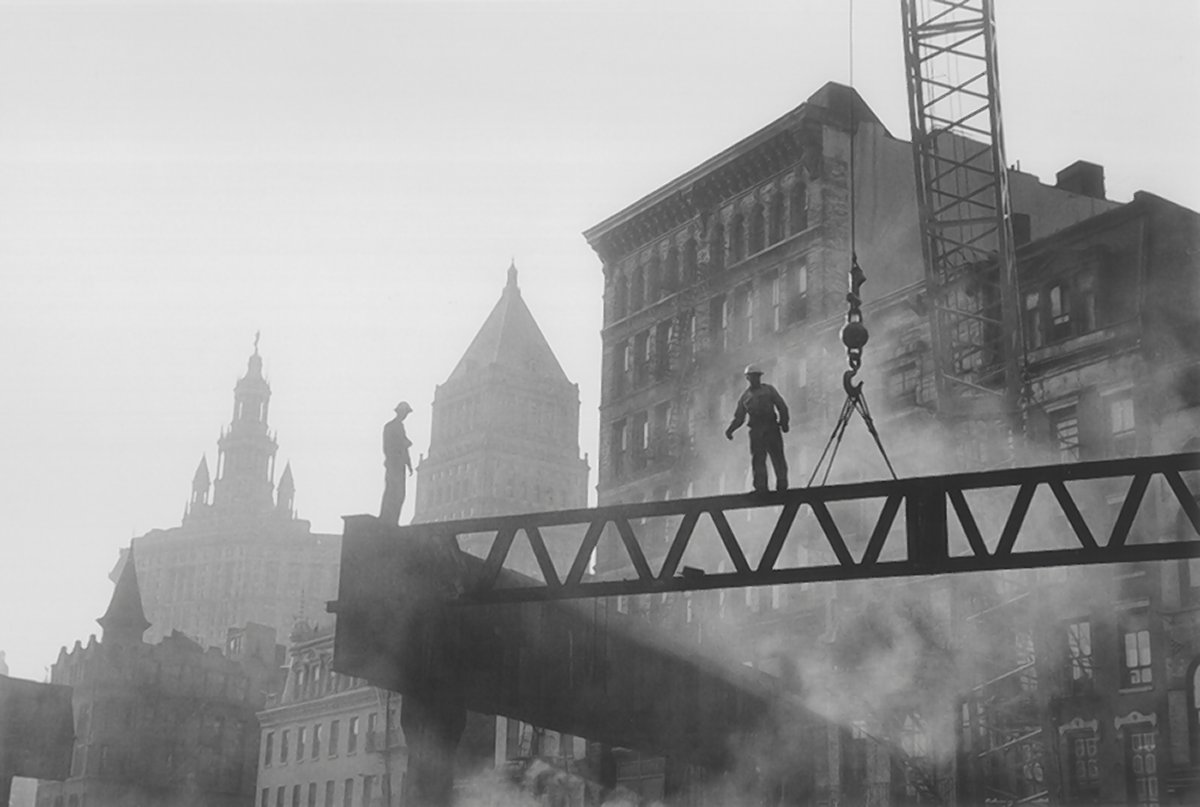
BY LESLEY SUSSMAN | Sid Kaplan was just a 17-year-old kid and a photography major at the High School of Industrial Art when he began documenting the dismantling of the Third Ave. elevated railway line.
That was back in 1955. Now, 62 years later and with Kaplan age 78, many of those images are on display at the New York Transit Museum Gallery Annex and Store, in Grand Central Terminal. The exhibit will continue until July 9.
With a camera in hand and a penchant for photography, he began capturing images of the city at only 10. It was the start of a six-decade-long career that has built Kaplan a quiet reputation as a guru of photographic printing and street photography.
The longtime East Village resident recalls that he was so fascinated by the demolition of the El that he would even cut classes to document the iconic structure’s dismantling.
Even back then, Kaplan recalled, he sensed how important it was to make a photo record of the teardown of the El, which he believed was an important chapter of an ever-changing city.
“My high school happened to be on the corner of 79th St. and Third,” he said, “and, at the time, it was an event. Everyone was watching this thing being dismantled. I was fascinated by it and happened to have a camera. So I began taking pictures of it.
“I was always a New York history buff, and so I knew about the elevated trains and how they were a major part of the development of the city since the late 1860s. This was the last physical vestige of those trains. I just started taking the pictures because I knew that one day they’d be looked at.”
And he was right.
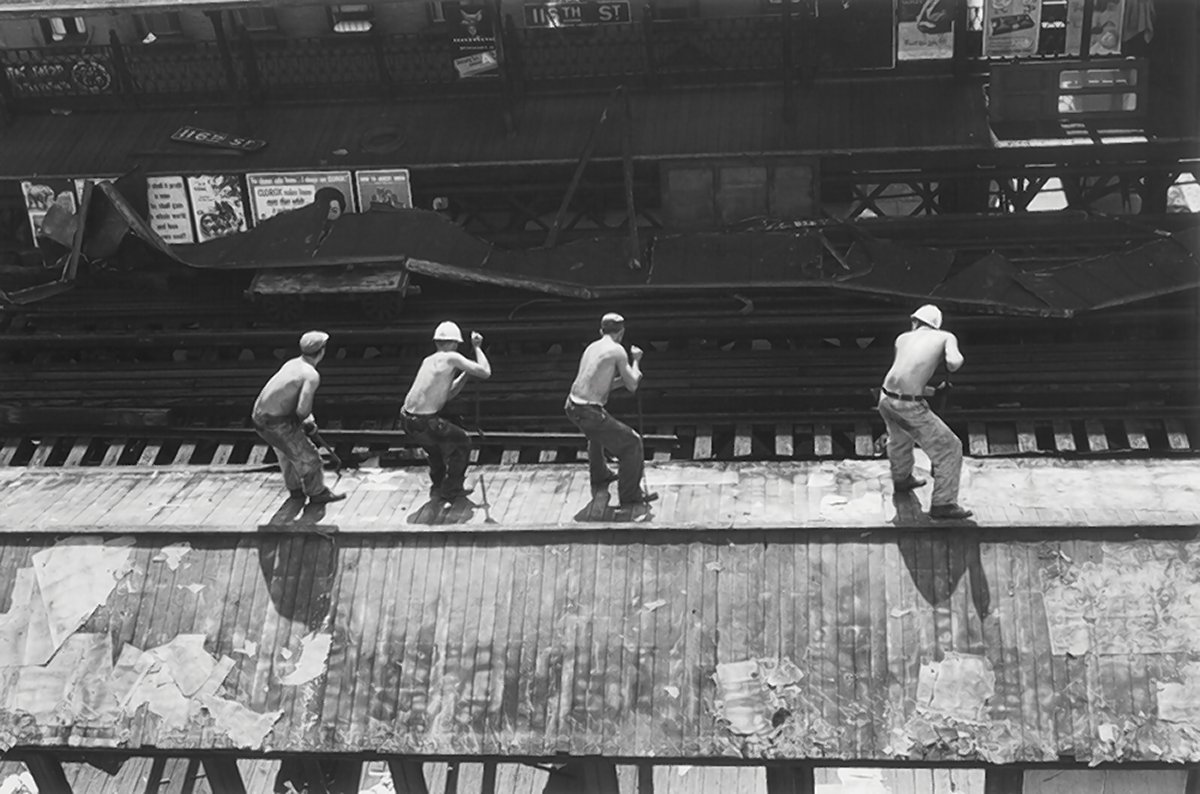
For Kaplan, this exhibit is a very special one.
“Although I’ve had many exhibitions before, seeing this work on the wall is different,” he said. “The exhibitions I’ve had before were always in galleries, but this time they’re in a museum. And not only that, there are also artifacts on display that they were able to salvage from the train stations themselves.”
Making this exhibit even more special to him, Kaplan noted, “The people working at this museum know everything about the history of the El and that impressed me very much.”
The street lensman says it all came about several years ago when a woman who was a friend of the person representing Kaplan saw the photographer’s work.
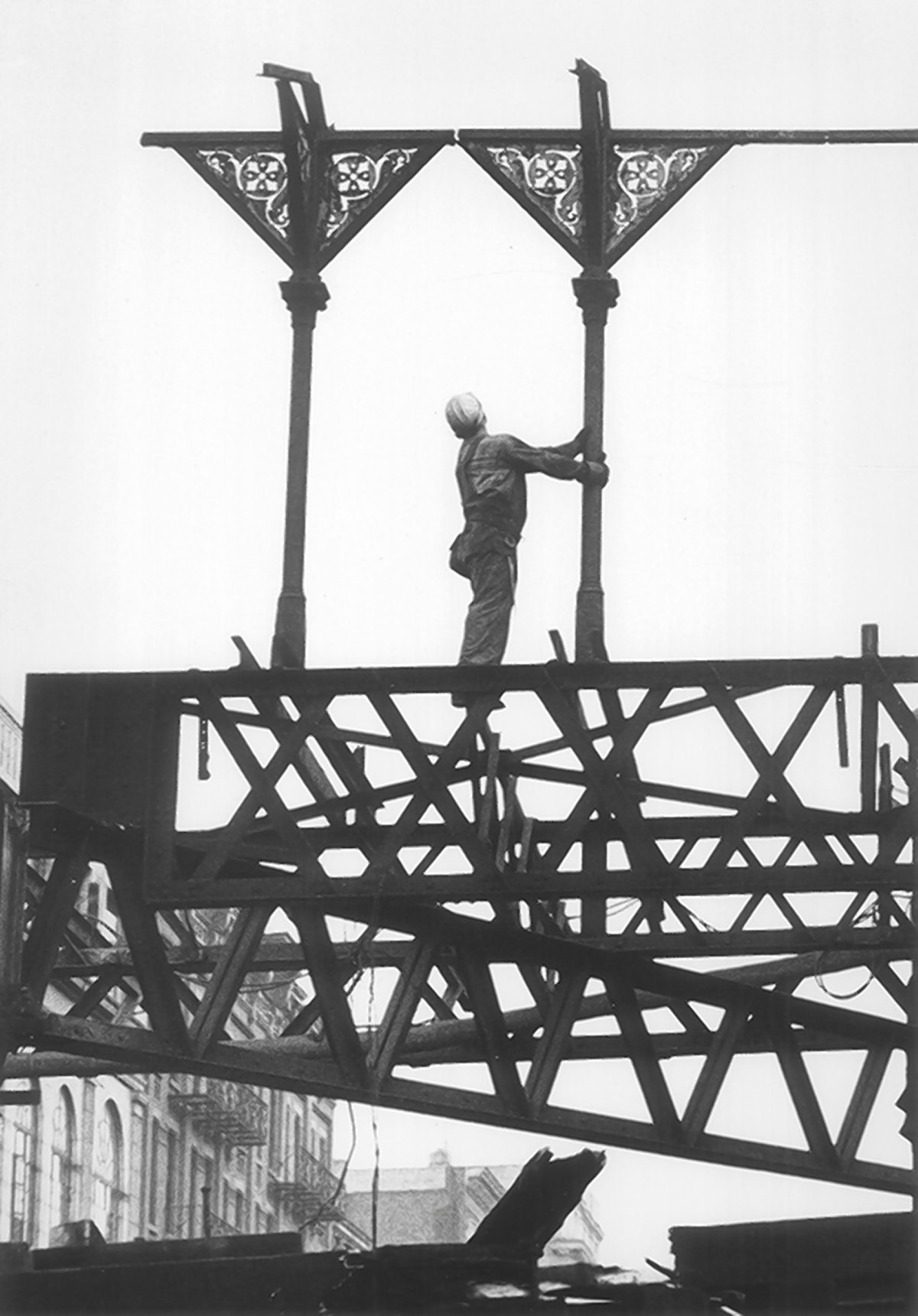
“She was somehow connected to the Transit Authority and said she would talk to the M.T.A. about some kind of exhibit,” he recalled. “That’s what started it.”
Kaplan, who has been teaching photography at the High School of Visual Arts since 1973, said there’s more to come for him.
“I’m going to be part of an exhibition at the Museum of the City of New York,” he said. “It’s going to feature photographs of the city from 1946 to 1960.
“I don’t know why I was selected to be part of that exhibit,” he added with a smile. “Maybe it’s because I’m the only photographer left from that period who’s still producing photographs.”
With a tone of regret in his voice, Kaplan, who made thousands of photos of the demolition of the El, said that many of the negatives have not survived. “They’re casualties of my gypsy lifestyle” he said. He has traveled around the country quite a bit due to his vocation.
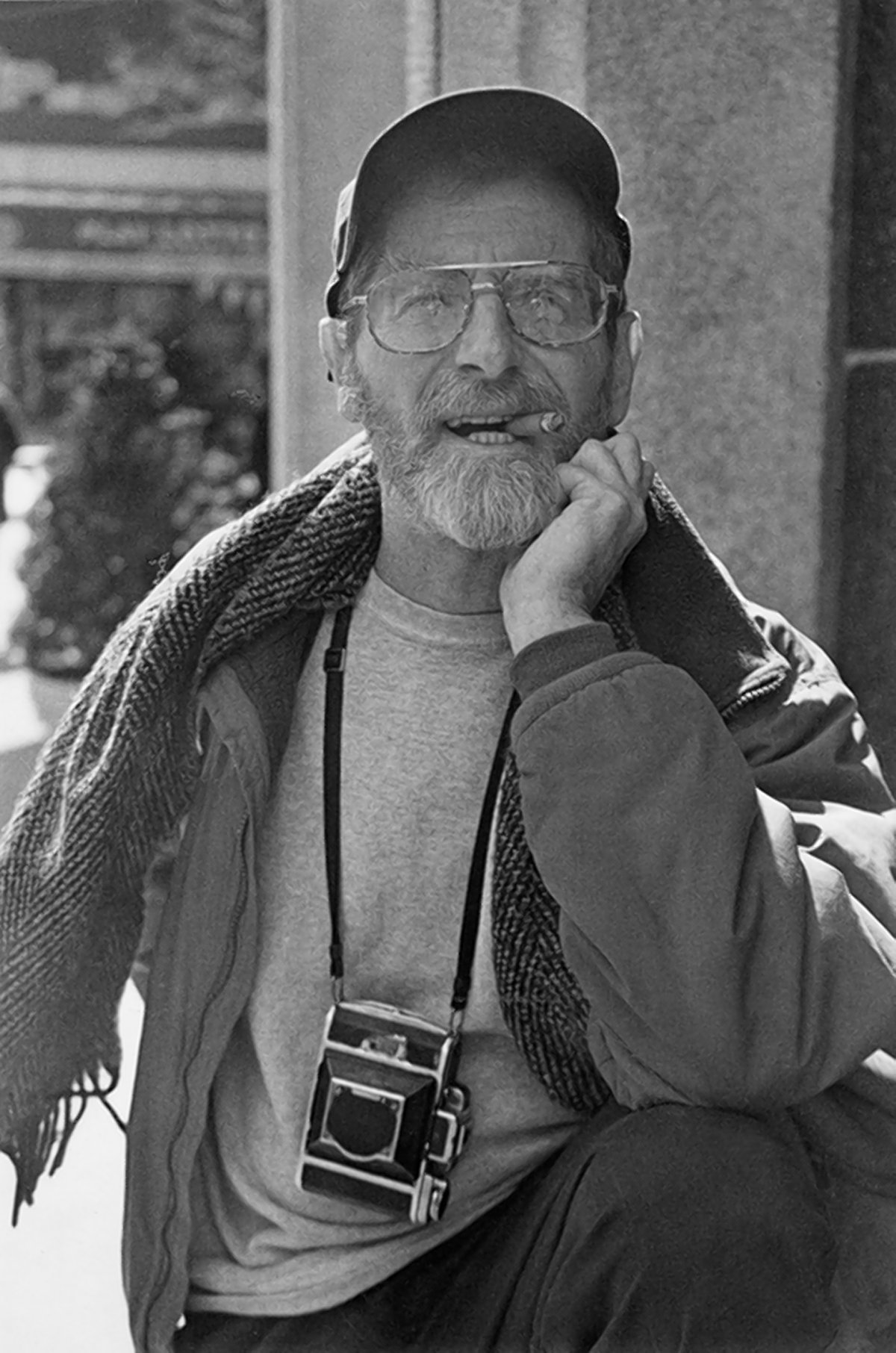
For many years, Kaplan worked in a black-and-white photo lab, making prints for various photographers, many of them well known. It was a job that he had to take when he was 23 because his wife was pregnant and he had little money.
However, in 1968, when he was 30, Kaplan decided to start his own darkroom business here in town.
“Now I had a place to do my own work and take in some side work, as well to keep the money coming in,” he said.
This eventually led to travel to various states, including Tennessee, where he learned that the original location of the Grand Old Opry was going to close down and he photographed the building and the surrounding neighborhood.
“I just knew that when the Grand Ole Opry went down, all the buildings around it connected to the Opry would vanish, as well,” Kaplan said.
Kaplan, who describes himself as “totally nostalgic,” said that not long after he photographed the razing of the El, he also shot the demolition of Ebbets Field and the Polo Grounds.
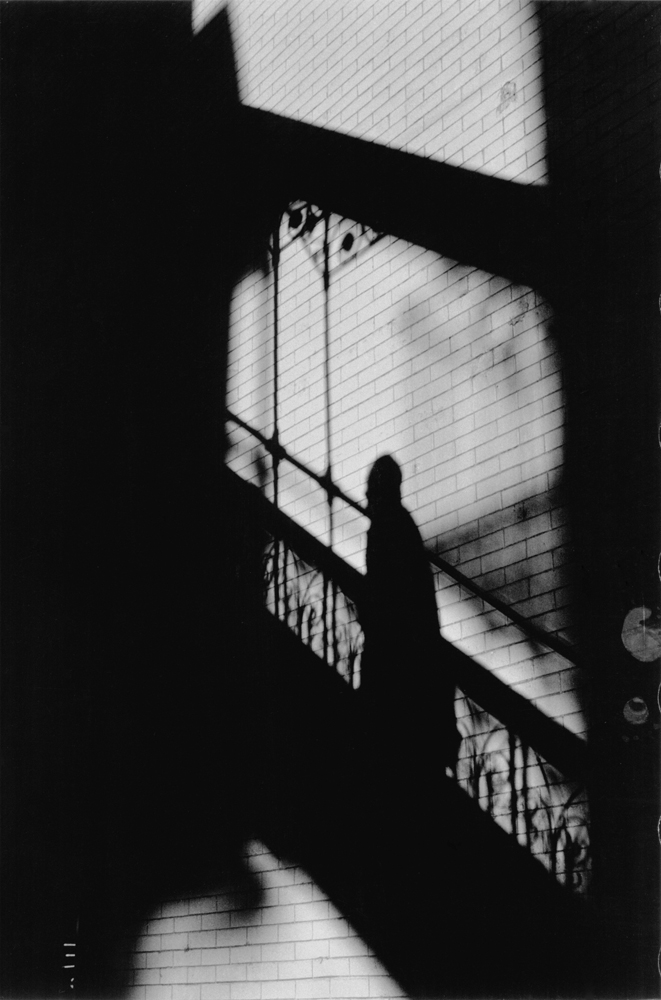
The elevated railroad in New York City began soon after the Civil War out of necessity. The streets were overcrowded with people, peddlers, pushcarts and horses. The only logical alternative to transport people was up in the air above the streets.

















